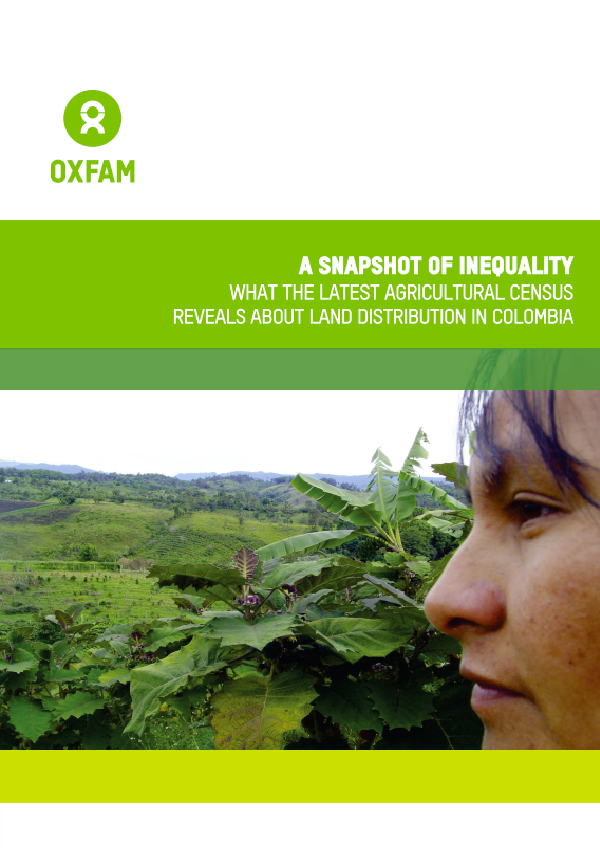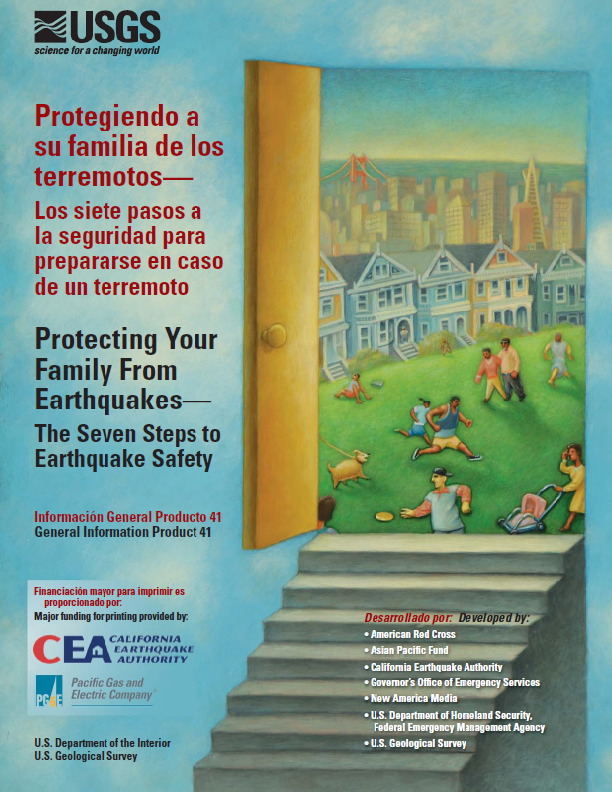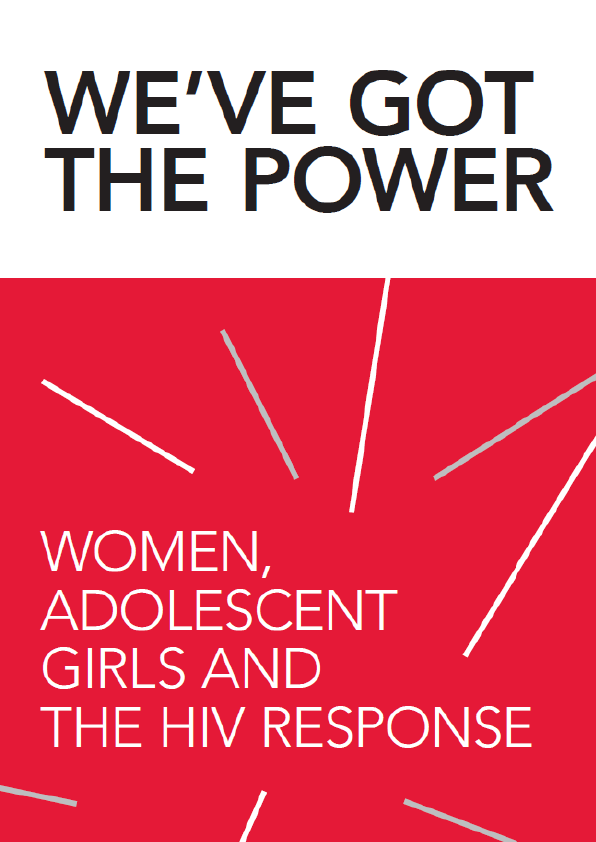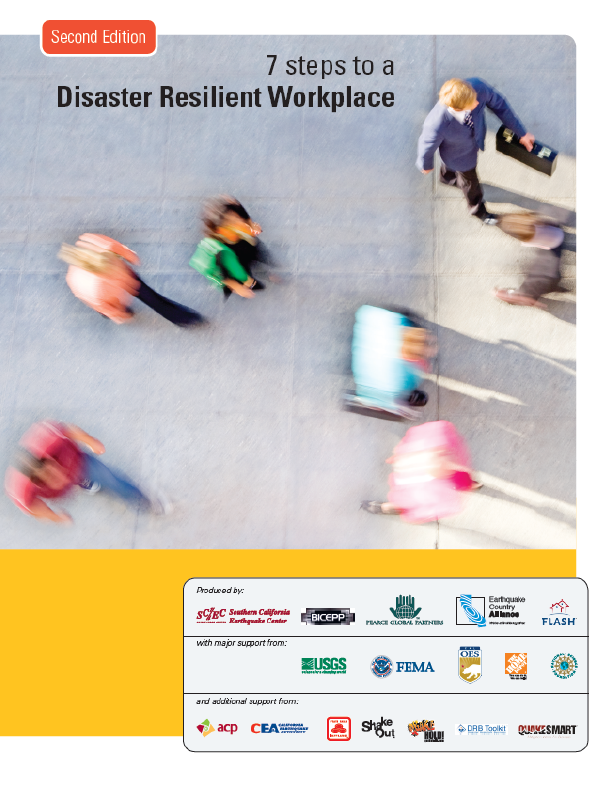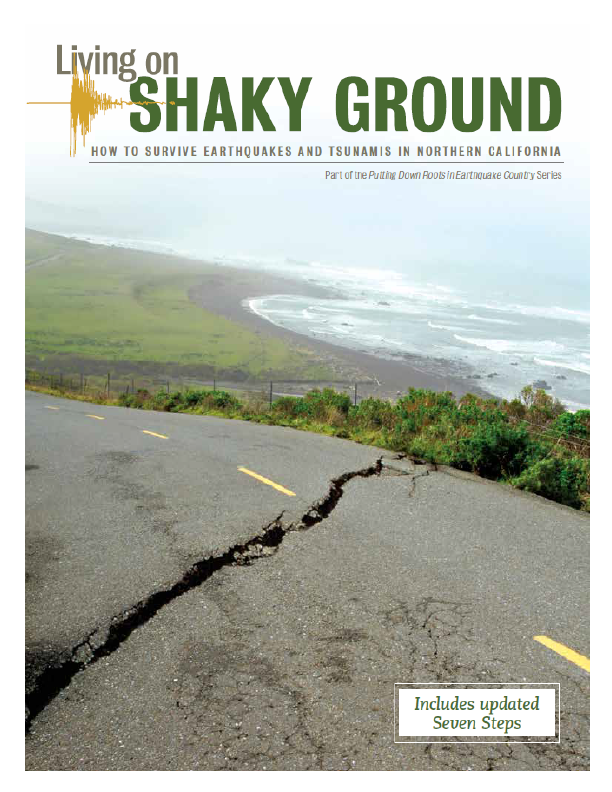Colombia is undergoing one of the most decisive moments in its recent history. The peace agreement reached with the guerrillas of the Revolutionary Armed Forces of ColombiaPeople’s Army (FARC-EP), in addition to the initiation of conversations with the National Liberation Army (ELN), represent solid steps toward putting an end to the longest armed conflict on the continent. Amongst other results, this violence spanning over half a century left a record number of displaced persons between 1985 and 2016: almost seven million people.
Social and economic inequality is at the very root of the conflict, especially the extreme concentration of land, in terms of landholdings as well as land use. It is no accident that access to land was the first matter addressed in the negotiations with the FARC, or that the agreement dedicates its first chapter to comprehensive rural reform, or that this topic involves the most development of public policy foreseen in the text.
Doubtless one of the greatest challenges will be to reestablish the rights of those dispossessed of their land, most of whom are indigenous peoples, Afro-Colombians and small farmers. It is estimated that in the course of the conflict eight to ten million hectares of land were taken or abandoned, an area comparable to that currently dedicated to agriculture in the whole country. The main instrument for returning these lands to their legitimate owners is the Victims and Land Restitution Act (Law 1448 of 2011) but it is advancing too slowly: since it was enacted the rulings to date cover cases involving only 213,076 hectares.
Beyond restitution, however, the peace agreement aspires to a more equitable distribution of land. To this end, it establishes four mechanisms: (1) creation of a Land Fund for the free distribution of land, with three million hectares that come from the State’s recovery of illegally acquired or occupied lands (including unduly appropriated baldíos ), unused land that does not meet its social and ecological function, as well as lands donated or acquired by the State for this purpose; (2) massive formalization of seven million hectares of small and medium rural landholdings; (3) creation of a special agricultural jurisdiction in the judicial system that can offer effective justice in rural areas, and (4) creation and updating of a land registry in order to have precise, current information on land tenure. In total, land redistribution processes involving 10 million hectares are expected over the next 12 years.
Today more than ever, it is essential to have reliable information on land tenure and use in Colombia. As there is no complete, updated land registry and there are other gaps in information, analysis of the agricultural census helps to better understand the current situation with regard to the distribution and use of land. Additionally, the census provides data on other, very significant aspects, such as access to infrastructure and services, characteristics of agricultural production, forest cover and the social situation in rural areas.
In spite of the fact that the United Nations’ Food and Agriculture Organization (FAO) recommends updating agricultural censuses every ten years, the 2014 census was the first to be done in Colombia in 45 years. At the end of 2016, the National Statistics Administration Department (DANE) made the database of this latest census public. Oxfam has prepared this brief examination of inequality through a statistical analysis of the census data, hoping to contribute in this way to the debate around the urgent transformations needed in Colombia’s agricultural sector.
This report first reviews how inequality in land distribution has gotten worse, reaching extreme levels. Then it analyzes the problem of concentration from different perspectives and indicators based on the census data, focusing on the major differences between the extremes. It also signals the weaknesses in gender statistics, the conflicts in land use, the predominance of extensive cattle farming and the core problem of land grabbing and its nonproductive use. Lastly, it hones in on the Altillanura, which is the region in the spotlight as the new agricultural frontier and where controversial legislative reforms may further exacerbate the concentration of land.
